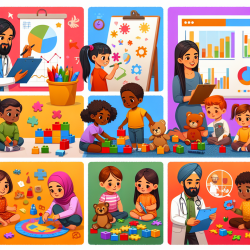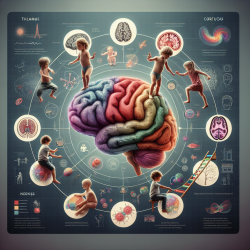Unlocking the Potential of Geriatric Evaluation and Management in Healthcare
The research article "Geriatrics Evaluation and Management in the Veterans Administration—An Historical Perspective" offers a comprehensive look at the evolution of geriatric care within the Veterans Administration (VA). The insights gained from this study can significantly impact how practitioners approach geriatric care, particularly in settings where resources are limited, and patient needs are diverse.
The Evolution of Geriatric Evaluation and Management (GEM)
Since the 1970s, the VA has been at the forefront of developing Geriatric Evaluation and Management (GEM) programs. These programs have evolved from inpatient units to encompass long-term care and outpatient settings. The transition reflects a broader understanding of geriatric needs and the importance of a continuum of care.
Key components of GEM include:
- An interdisciplinary team comprising physicians, nurses, social workers, and other specialists as needed.
- Comprehensive assessments and tailored treatment plans.
- Selective admissions based on potential benefits from GEM.
- Provision for inpatient rehabilitation and follow-up.
Implementing GEM: Lessons for Practitioners
Practitioners looking to improve their geriatric care services can draw several lessons from the VA's experience:
- Interdisciplinary Collaboration: Effective geriatric care requires a team approach. By collaborating across disciplines, practitioners can ensure comprehensive care that addresses all aspects of a patient's health.
- Resource Allocation: Prioritizing resources based on patient needs and institutional capabilities is crucial. Facilities must evaluate their available space, personnel, and resources to implement the most effective elements of GEM.
- Adapting to Patient Needs: The VA's transition of GEM programs to long-term care and outpatient settings highlights the importance of flexibility in care delivery. Practitioners should consider how their services can be adapted to meet the evolving needs of their patient populations.
- Utilizing Risk Assessment Tools: The VA's development of risk assessment tools to target services for high-risk populations can be a valuable strategy for practitioners. These tools help identify patients who would benefit most from intensive care, ensuring efficient use of resources.
Encouraging Further Research and Development
The VA's experience underscores the need for ongoing research and development in geriatric care. Practitioners are encouraged to explore new models of care, assess their effectiveness, and adapt them to their specific contexts. By doing so, they can contribute to the broader goal of improving outcomes for elderly patients.
For practitioners interested in delving deeper into the VA's experience and the evolution of GEM, the original research paper provides a wealth of information and data-driven insights. To read the original research paper, please follow this link: Geriatrics Evaluation and Management in the Veterans Administration—An Historical Perspective.










